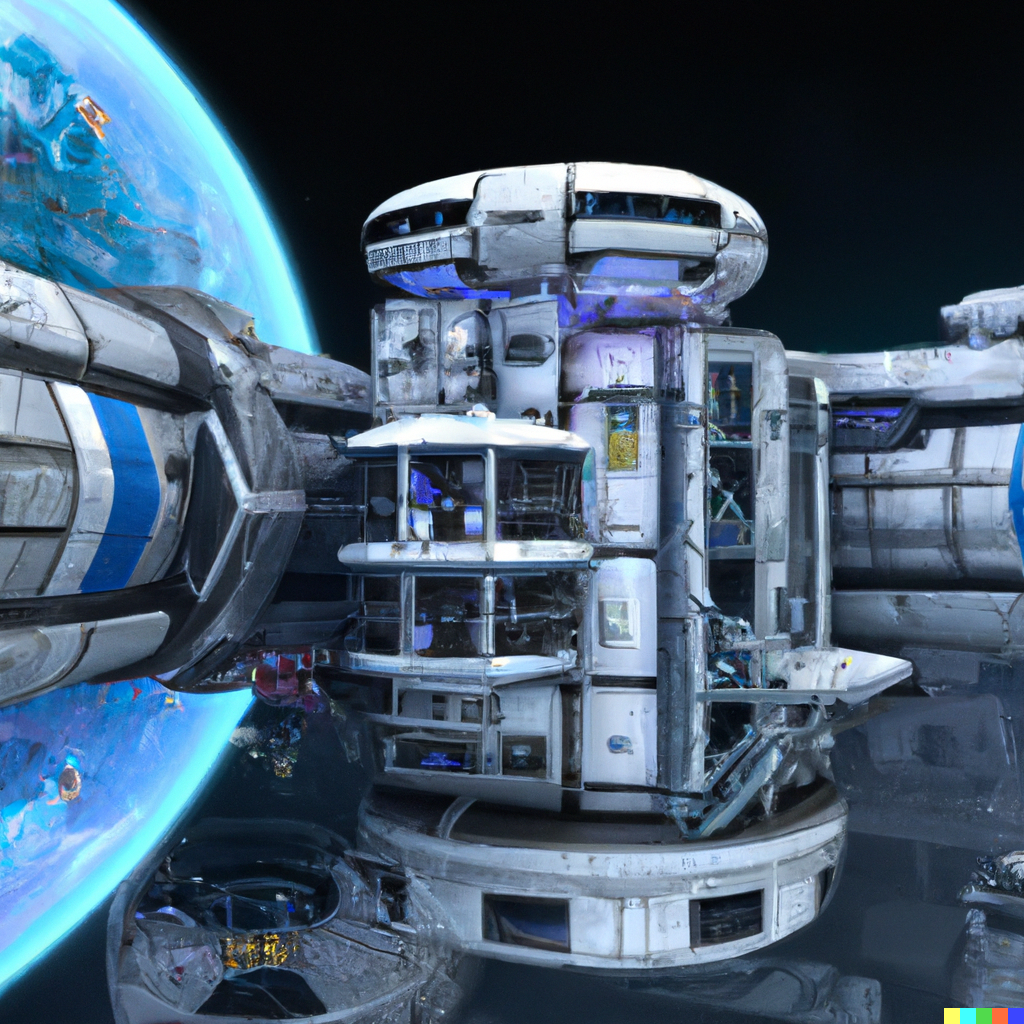Elon Musk has long been vocal about his ambition to colonize Mars and establish a human settlement on the Red Planet. He recently said that he is “highly confident” that SpaceX will put people on Mars by 2026. While the idea of establishing a human presence on another planet is certainly an exciting one, there are several compelling reasons why it would be more practical and beneficial to build large, advanced space stations that will act as space habitats in Earth’s orbit and, in the future, in heliocentric orbit instead.
One of the primary benefits of these space habitats is that they would be much closer to Earth than Mars, making them easier to access and less expensive to reach. According to NASA, a one-way trip to Mars could take up to nine months. Space travel is still a complex and expensive endeavor, and the logistics of transporting people and supplies to Mars and establishing a sustainable settlement there would be formidable. In contrast, space habitats in Earth’s orbit would be much more accessible, allowing for a more gradual expansion of human presence in space.
In addition to being more easily accessible, these space habitats would be able to accommodate a much larger population than a settlement on Mars. Mars is smaller than Earth, so it can only fit a limited population. If designed correctly, these orbital habitats could potentially house trillions of people, providing a much-needed solution to overpopulation and resource depletion on Earth. These habitats could also be designed to mimic the conditions of Earth, including artificial gravity via rotation, which would be much more comfortable and conducive to human habitation than the low gravity conditions on Mars.
Space habitats also have better resource availability. Mars is a barren, inhospitable world, and establishing a human settlement there would require hauling all necessary resources from Earth. On the other hand, space habitats can potentially make use of resources from nearby celestial bodies, such as asteroids, which could be less expensive and more efficient. Space habitats offer the potential for long-term sustainability, as they could make better use of solar power.
To sum up, while the idea of establishing a human settlement on Mars is undoubtedly an appealing prospect, there are strong arguments for why it would be more feasible and advantageous to start off with human-built space colonies that are not dependent on the conditions of a planet, which can allow humans to gradually adjust to living in space and expanding their species away from Earth. Humans have yet to travel past the moon. And do not get me wrong – if anyone could go to Mars, it would be Elon Musk – but doing so would be a significant challenge, and whether humans can pull that off successfully remains uncertain. Ultimately, if we think about long-term expansion in space, Earth-orbiting space habitats would be more convenient in terms of their location, easier to access, easier to travel between due to low gravity, and able to accommodate a much larger population, making them a more viable solution for the future of human space exploration.
As we look to the stars and consider the path forward, let’s remember the words of science fiction author and space visionary Arthur C. Clarke: “The only way to discover the limits of the possible is to go beyond them into the impossible.” Let’s embrace the challenge of building space habitats and pave the way for a bright, limitless future in the stars.
